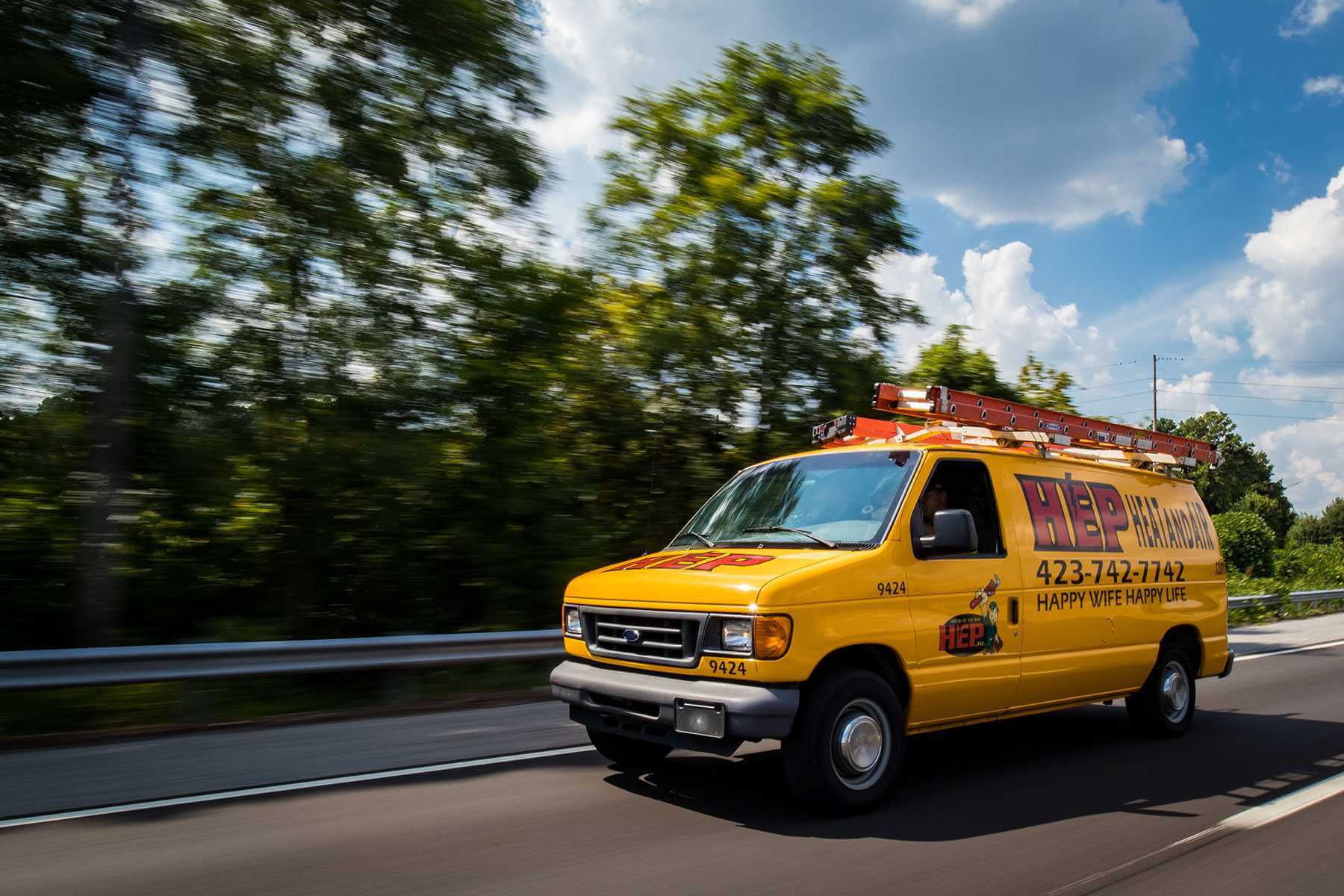

Biological Contaminants
Your trusted partner for professional home services. Quality workmanship, guaranteed satisfaction.




- HEP Plumbing
- Biological Contaminants
Biological Contaminants | Water Purification | Plumbing | Palmer
In Palmer’s crisp alpine climate, it’s easy to forget that microbes, viruses, and parasites can still infiltrate the water lines running beneath our feet. HEP’s team of certified plumbers pairs industry-leading filtration technology with meticulous testing to remove biological contaminants before they ever reach your tap. From single-home UV disinfection systems to large-scale reverse-osmosis installations for farms and breweries, we design solutions that safeguard taste, health, and peace of mind.
Our water purification expertise doesn’t stop at installation. We monitor performance, schedule maintenance, and offer emergency response any time your system registers an irregularity, so your family or business never has to question the quality of each glass poured. Choose HEP and turn Palmer’s pristine mountain runoff into the purest sip you’ve ever had.
FAQs
What biological contaminants are most common in Palmer’s drinking water supply?
Because many homes here rely on private wells fed by glacial runoff and shallow aquifers, the organisms we see most often are total coliform, E. coli, iron and sulfur-reducing bacteria, Giardia, Cryptosporidium, and occasional algae or biofilm-forming microbes such as Legionella. Spring snowmelt and heavy rains can wash surface microbes into wells, so seasonal testing is important.
How can I tell if my water is contaminated with bacteria or other microorganisms?
Biological contamination is usually invisible, tasteless, and odorless. Cloudiness, slime inside toilet tanks, or a musty smell can be clues, but laboratory testing is the only reliable way to confirm. We offer on-site water sampling and partner with a state-certified lab in Anchorage to run total coliform, E. coli, heterotrophic plate count, and cyst panels, with results typically in 48 hours.
Which purification technologies effectively remove or kill biological contaminants?
For whole-house protection we typically install a multistage approach: a 5-micron sediment filter to remove turbidity, followed by activated carbon to take out organics, and then a high-output UV disinfection chamber that inactivates 99.99 % of bacteria, viruses, and protozoan cysts. In cases of severe contamination or immune-compromised residents, we add point-of-use reverse osmosis taps for an additional log reduction.
How often do UV and filter systems need maintenance in Palmer’s cold climate?
Sediment and carbon cartridges should be replaced every 6 months, or sooner if differential pressure rises. UV lamps lose intensity over time even if they still light, so we change them once a year and clean the quartz sleeve at the same visit. Because Palmer winters bring well-house temperatures below freezing, we also inspect housings for frost cracks and insulate or heat-trace lines as needed.
Is a point-of-entry (whole-house) system better than individual point-of-use filters for microbial control?
For private wells, a point-of-entry UV system is the safest choice because it treats every tap, shower, and appliance, preventing bacteria from colonizing plumbing downstream. Point-of-use filters (such as an RO faucet) protect only the water you drink, so shower aerosols and ice makers remain vulnerable. We often pair both: whole-house UV for baseline protection and an RO unit in the kitchen for the highest-quality drinking water.
Are there local regulations on biological water quality, and can you help with compliance?
The City of Palmer does not regulate private wells, but the Alaska Department of Environmental Conservation requires any small public water system (serving 25+ people) to perform monthly total coliform tests. Real-estate transactions and daycare licensing also require recent microbial reports. We handle sampling, documentation, and any corrective disinfection or system upgrades needed to bring your water into full compliance.